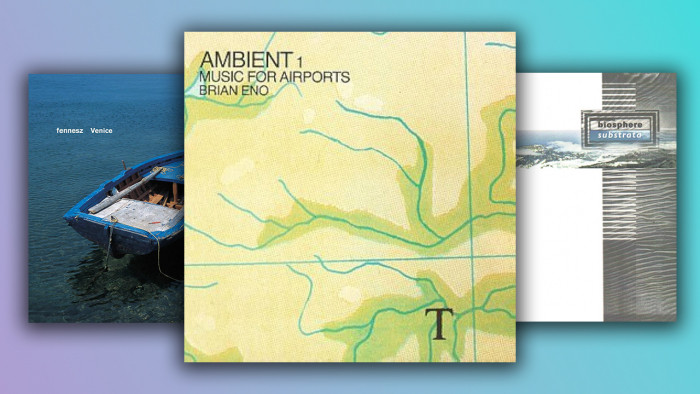Unsurprisingly, what individual people are concerned about is based on where they live. That’s not to say our worldview is a façade, it’s just that most people want to make it through alive.
On a larger but similar scale, what countries name as their biggest international threats are influenced heavily by their geographical and geopolitical positioning.

Pew Research Centre has released the above map highlighting which parts of the world are most concerned about what.
Despite what our tabloids would have us think, the biggest perceived threat to the world is global warming. Out of the 40 nations surveyed, 19 of them stated climate change as their main worry.
Latin America had the highest numbers who were concerned about the issue, with 61 percent of the region expressing fear of an environmental crisis. It seems understandable given that the area’s economy is heavily reliant on commodities, such as coffee.
This is also the case in the African countries included in the survey as well as much of Asia, who according to the Climate Change 2014: Impacts, Adaptation and Vulnerability report will be the hardest hit by environmental changes.
As sea levels rise, south-east Asia is at high risk of coastal flooding and loss of land. Droughts will become more common than they already are and people will struggle to live in the cities due to a lack of water. Put into perspective, around 60 percent of the world’s population will be affected.
The UK on the other hand, won’t see serious effects of climate change until the latter half of the century and we’re far more concerned about ISIS. It’s likely to be because the UK, the US and Australia have been targets, or perhaps it’s because orientalism is being perpetuated by a perception that our cultural differences are only growing.
But the growth of ISIS is also the Middle East’s most aggressive problem. Bar Israel who are sticking to their guns on the belief that Iran is the most major threat to their existence. Likewise, Vietnam, Poland and Ukraine are less than pally with China and Russia respectively.
Elsewhere in developing countries and Russia, economic instability is the principal concern. As Russia continues to be subject to economic sanctions, falling oil prices and a recession are causing 20.3 million people to live below the poverty line.
The findings may paint a grim, colour-coded picture but it’s not all bad. The space programs are making great progress and we basically have a blueprint in Interstellar.
Latest
Related Reviews and Shortlists


The best whisky taste tested









